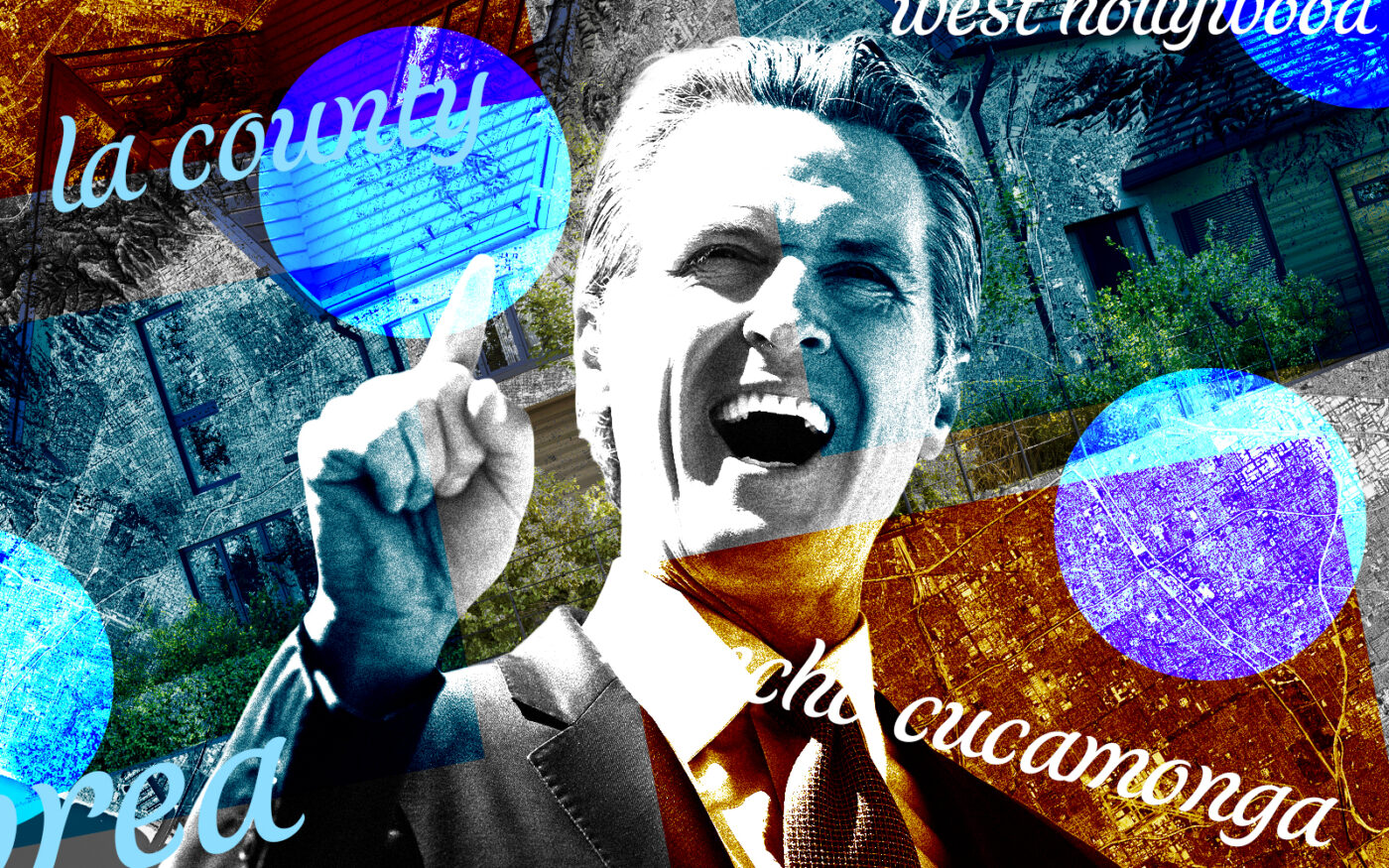Gov. Gavin Newsom has named four jurisdictions in Southern California as “prohousing,” including Los Angeles County, West Hollywood, Brea and Rancho Cucamonga.
The state credited the four SoCal governments, plus six cities in Northern California, with fulfilling a mission to encourage housing development across all income levels, L.A. Business First reported.
Two months ago, the state added Santa Monica to the list, which includes Los Angeles, Long Beach, Riverside, Moreno Valley, Fontana and Needles.
Prohousing communities, which now include 47 cities and counties, aim to support a state goal of building 2.5 million new homes by 2030 by reducing barriers to construction, relaxing housing policies and building affordable homes.
The state’s Prohousing Designation Program includes incentives and accountability measures established by the 2019–20 Budget Act. Prohousing communities get exclusive access to grants, plus extra points in the scoring of competitive housing, community development and infrastructure funding programs by the Department of Housing and Community Development.
The 47 communities are eligible to apply for a share of $9.5 million available in the Prohousing Incentive Program Round 2, to be awarded this summer, according to L.A. Business First.
This week, Newsom added Berkeley, Crescent City, Fairfield, Pinole, Richmond and South Lake Tahoe to the list of prohousing communities.
“At nearly 50 prohousing communities, California is making progress, but we can do better,” the governor said in a statement. “At a time when the state is facing a housing crisis, every local jurisdiction should be stepping up to earn this distinction.”
The County of Los Angeles earned its prohousing designation after reducing approval process times and bolstering resources for projects, according to the state.
The county puts permit processing at the front of the line for accessory dwelling units and affordable housing, with projects reviewed within 90 days and three full-time ADU coordinators.
The county offers fee reductions for affordable housing, such as waiving planning and zoning fees for 100 percent affordable projects. It also cut fees for partially affordable projects based on the percentage of affordable units.
L.A. County funds short- and long-term affordable housing projects through its Affordable Housing Programs to the tune of $100 million a year.
West Hollywood has an affordable housing trust fund to support nonprofit development projects, with a requirement that at least 60 percent of units be dedicated for low- and moderate-income households, and at least 20 percent dedicated to low-income households.
The city waives fees for housing projects in high-resource neighborhoods when more than 25 percent of units are affordable, and for development projects owned or occupied by nonprofits. It also permitted duplexes and triplexes in high-resource areas near public transit.
West Hollywood also spends close to $3 million to help with an affordable housing program containing 17,175 apartments.
Brea, in Orange County, was added to the list after encouraging ADU development, offering incentives for housing and setting up an affordable housing trust fund. The city added parcel consolidation incentives into its zoning code, which group smaller parcels into larger parcels for mixed-use projects.
The city also offers an interest-free, deferred-payment loan program for single-family homeowners earning up to 80 percent of the area median income.
Read more



Rancho Cucamonga, in San Bernardino County, was named prohousing after the city altered its zoning rules to allow for mixed-use developments in commercial zones. It also enacted a policy cutting the total number of public hearings for housing projects to two, from four, eliminating grading review and technical review committees.
The city also removed barriers for property owners to build ADUs by eliminating subjective design standards for them in the development code, while enacting a program to provide rent control to seven mobile home parks.
— Dana Bartholomew
